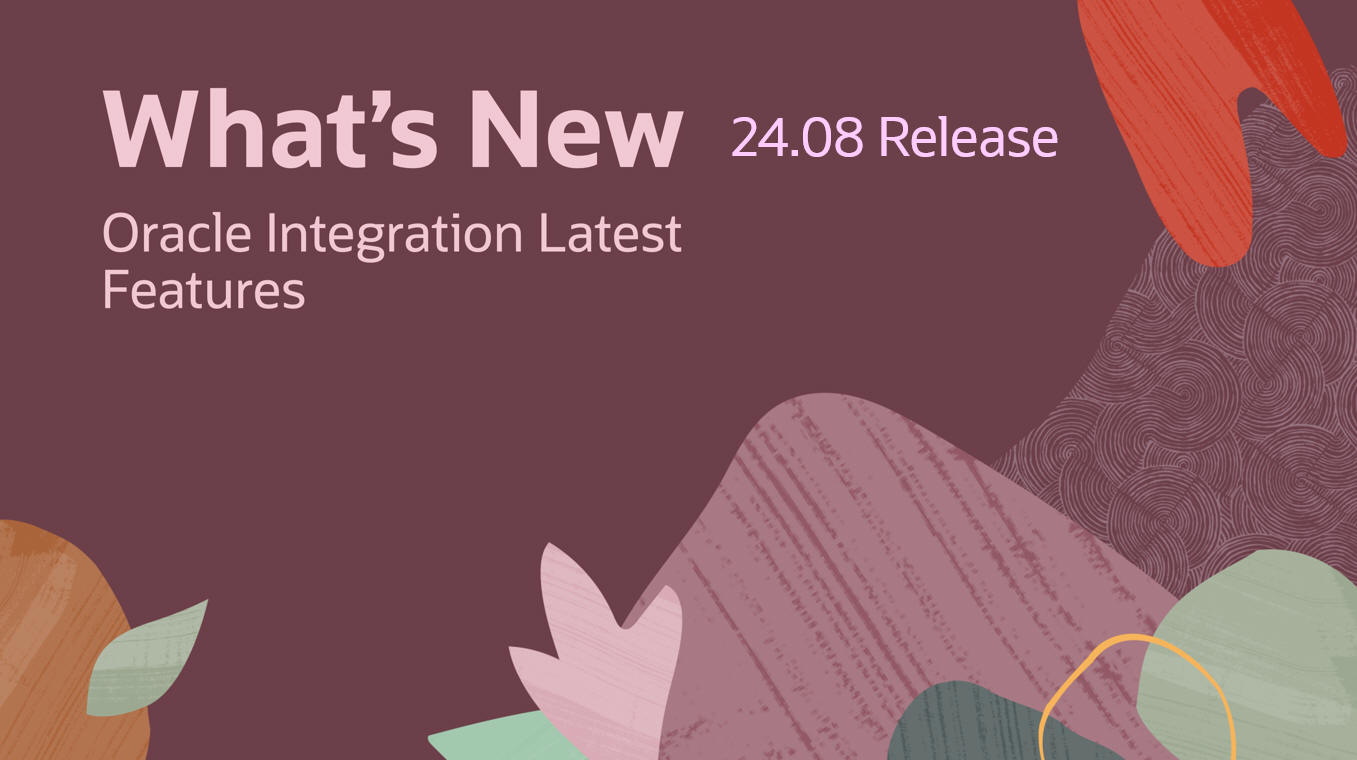
Disclaimer: this is a working document. The content may change before 24.08 is available. Please re-visit this post before the actual release.
Common Features
Service Limits Update
With the release of 24.08, we are increasing the limit on the concurrent number of synchronous requests, based on the number of message packs allocated to the Oracle Integration instance.
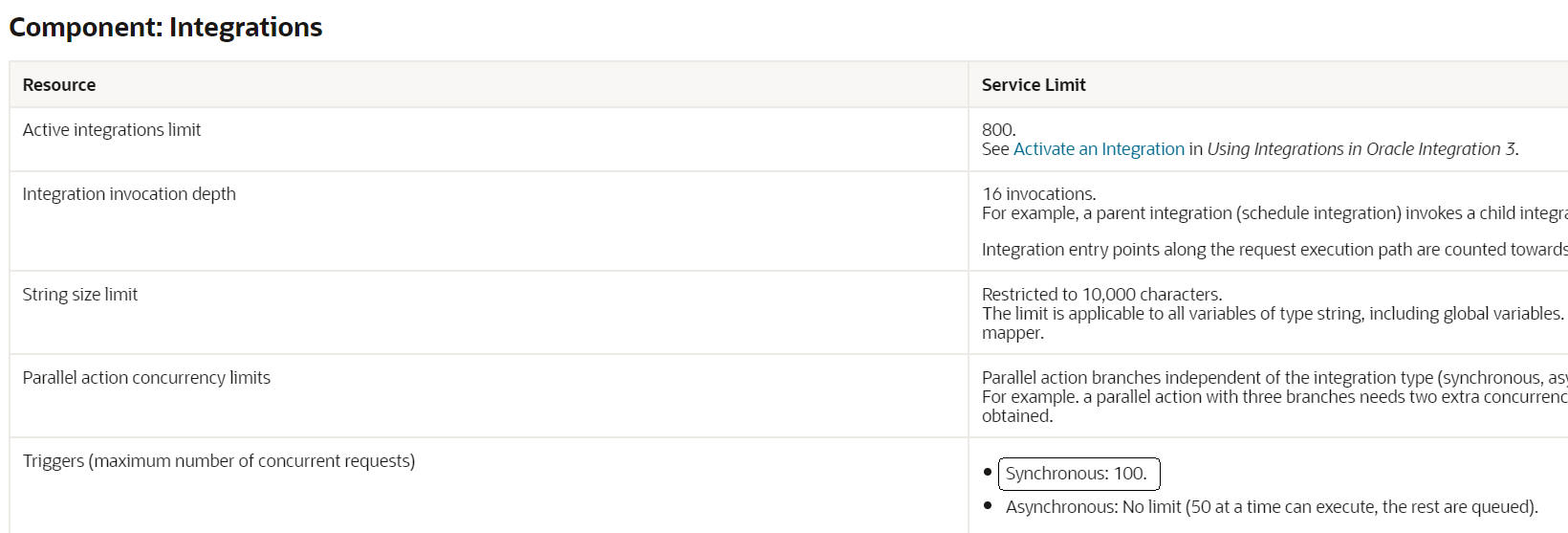
This is currently set to 100. Starting with 24.08, this increases to a maximum of 600 depending on the number of message packs allocated. This is extremely useful for customers with high concurrency requirements in respect of synchronous integration executions.
Integration Core
Welcome to the Oracle Integration for Healthcare edition!
24.08 sees the release of our Oracle Integration for Healthcare offering. This edition is available after the Oracle Integration 3 production instances have been updated (late August 2024).
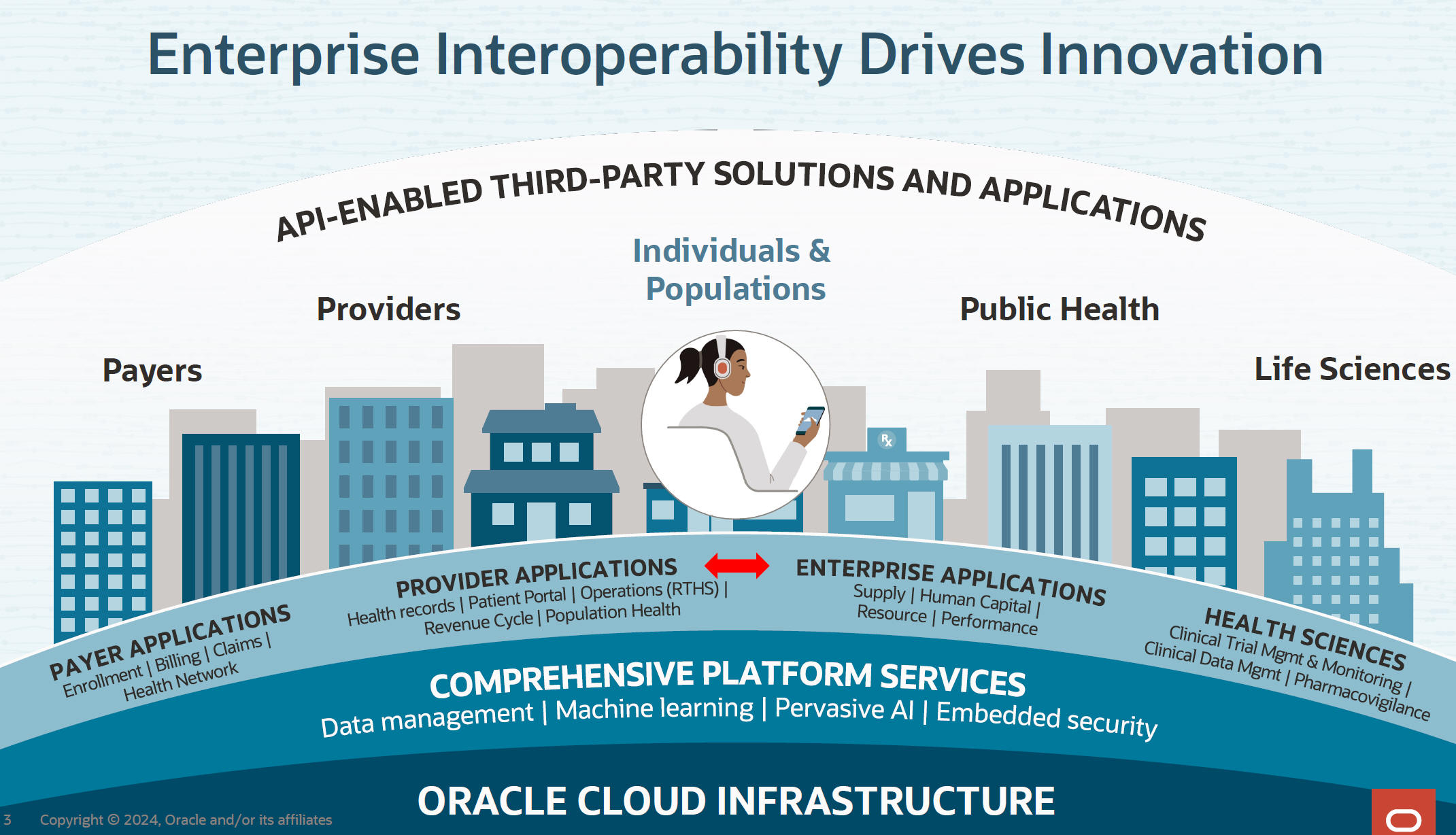
This edition provides new capabilities specific to the healthcare industry:
• HL7 and FHIR design-time and runtime support
• A brand new healthcare action in the developer palette to process HL7 message types in Oracle Integration
• New HL7/MLLP and FHIR adapters to support transport protocols used in the healthcare industry
• A message editor to define and customize HL7 messages.
• New components in Oracle Integration’s runtime engine to parse and process these messages formats in integration flows
• Extended data retention
Please check out the detailed post on this new offering here.
Oracle Integration Projects
Oracle Integration Projects Now Support Healthcare
To coincide with the release of the new Oracle Integration for Healthcare SKU, Oacle Integration projects now support healthcare.
We’ve also revamped the projects UI to make it more navigable.
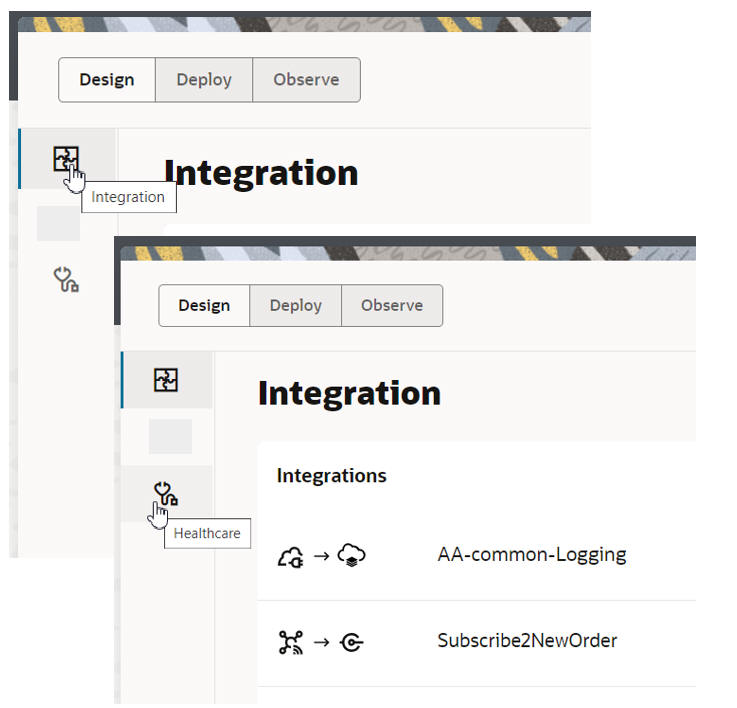
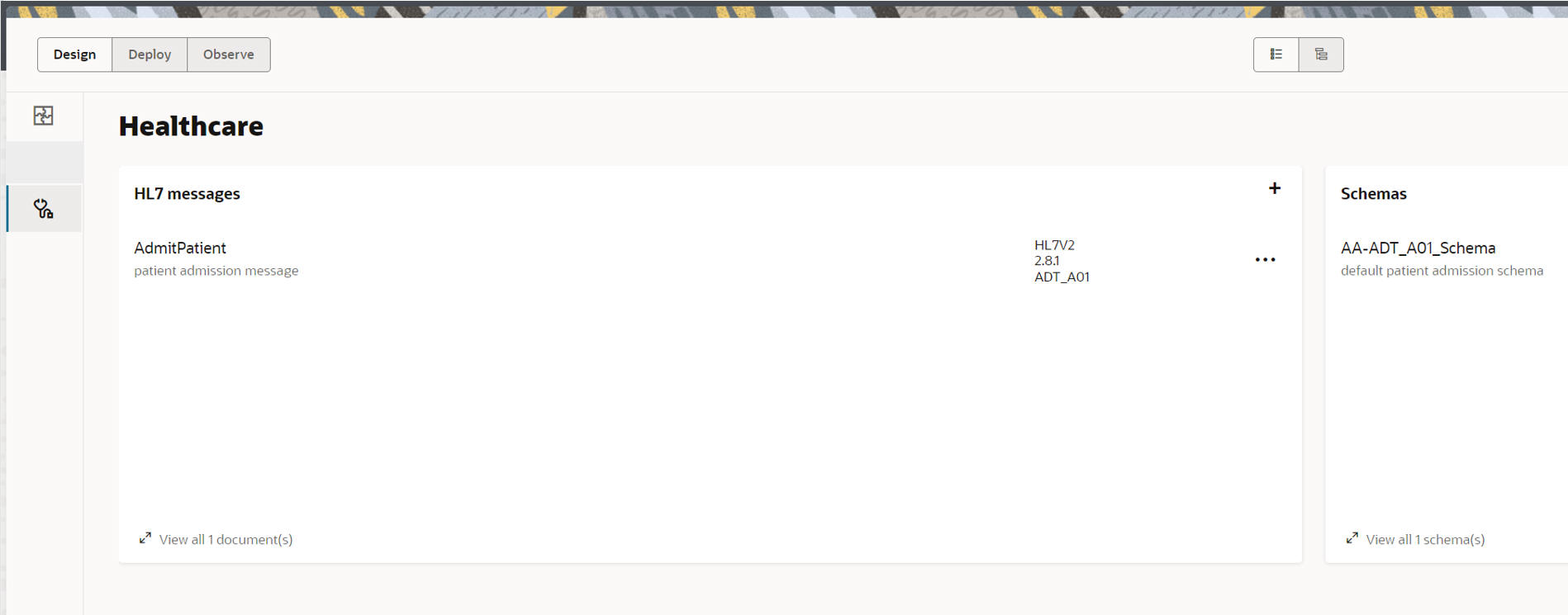
Project UI Enhancements
Note the three icons on the right – Edit Details, Export, and Share
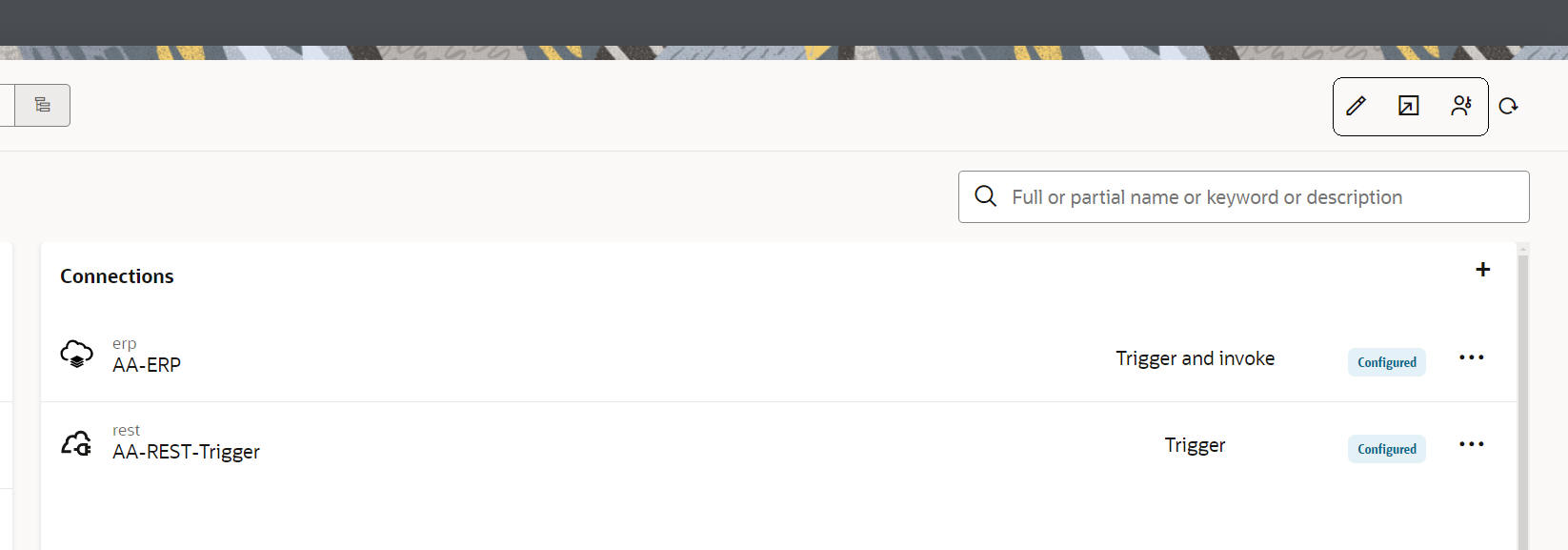
Also, as mentioned above, easier navigation through the project components is provided, with separate tabs for Integration artifacts, and Healthcare.
Project Dependency Diagram Enhancements

Note, Healthcare is now included in the project dependency diagram.
Also note the different representation of the integrations –
Circle – as in the integration AA-common-Logging – indicates an integration that is shareable with other projects.
Square – as in AA-echo – indicates a private integration, i.e. not available to other projects.
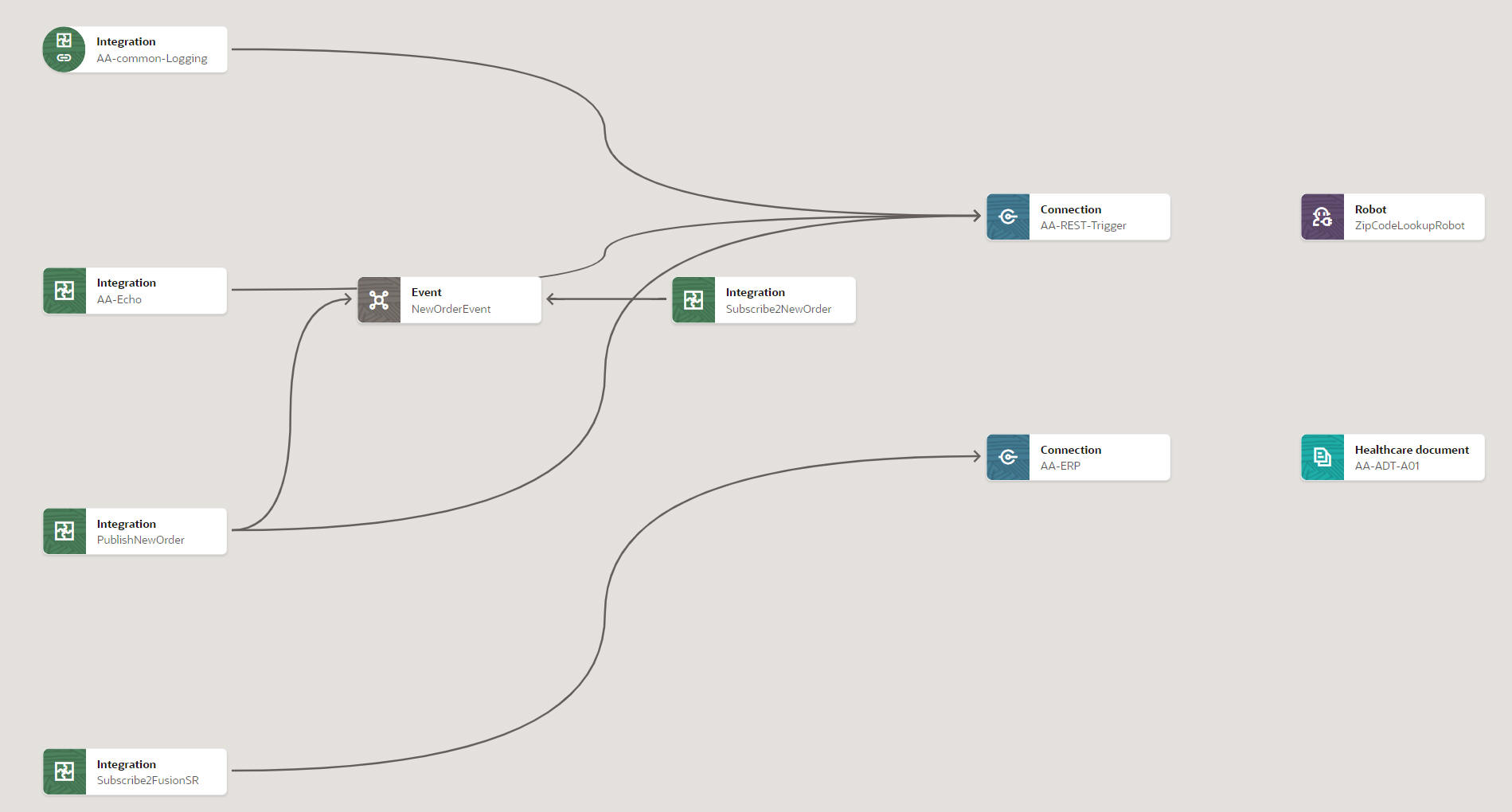
We also have a drilldown for Lookups –


Drilldowns for Events are also available – here we see where the event is being used i.e. which integration is publishing the event and which is subscribing –
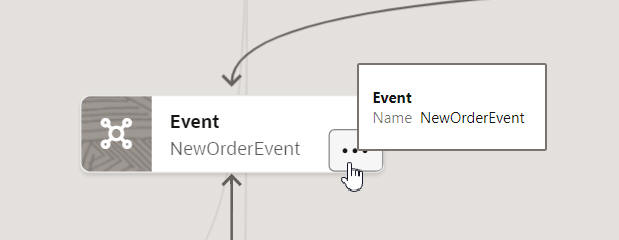
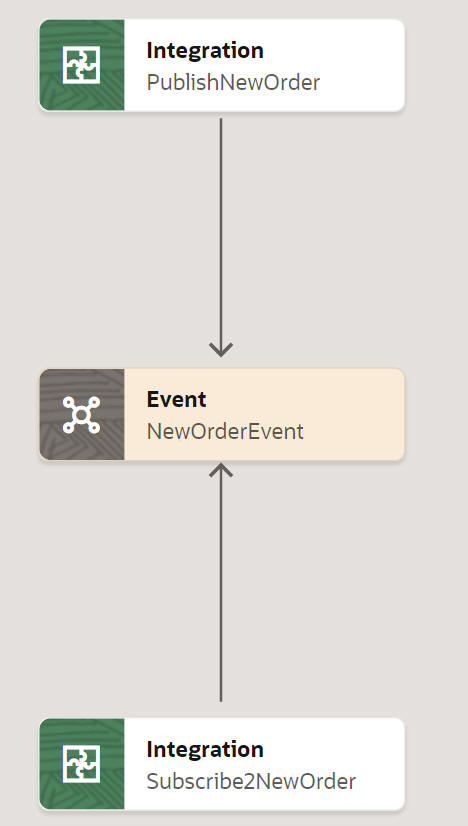
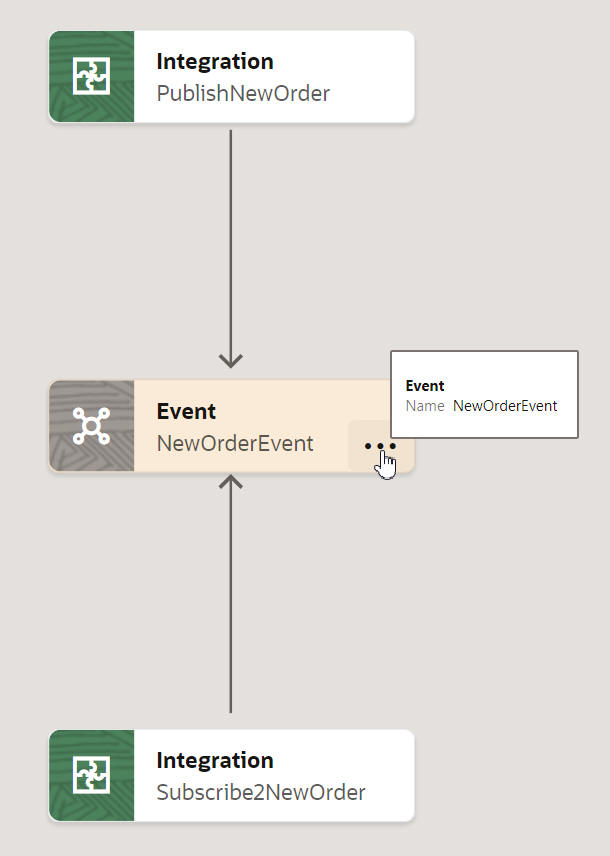
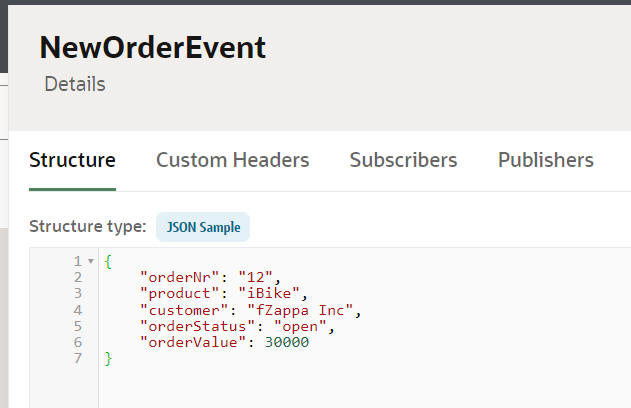
Finally, the project dependency diagram can now include minor versions of your integrations –

I have created a minor version of AA-common-Logging –



OIC Events Filtering
We now have the ability to add custom headers to OIC Events – these will be used to implement filtering in your subscriber integrations –

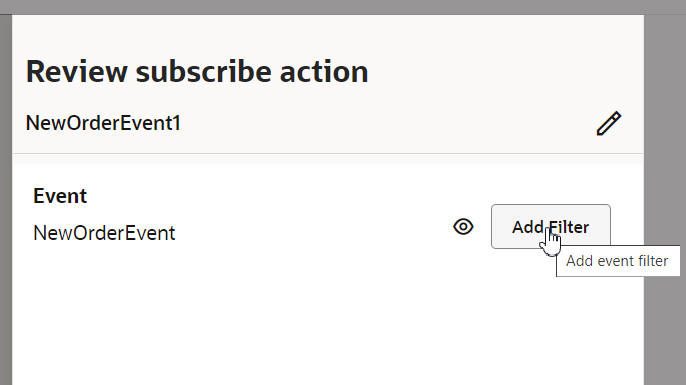

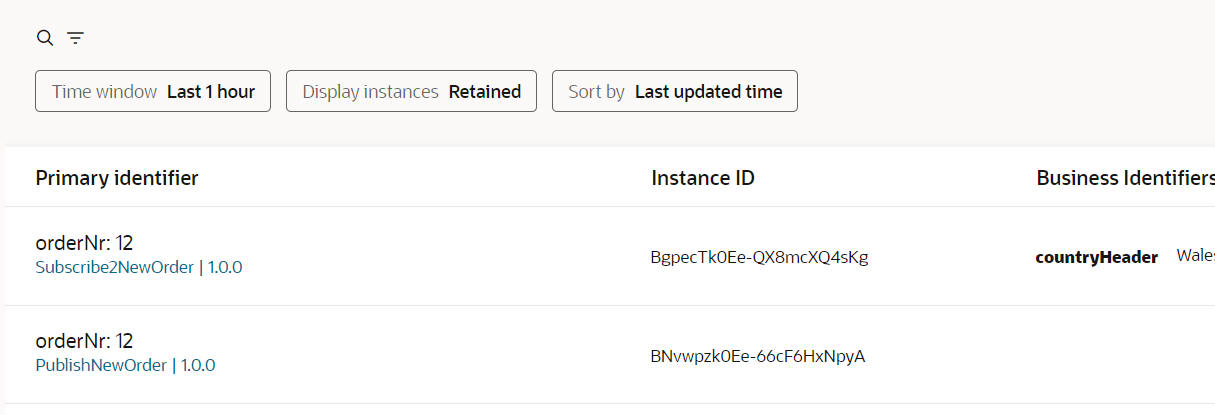
As you can see, the order from Wales was not picked up –
Let’s try a more complex example – I only want to subscribe to orders from Ireland with the status “open” –
Here is my order event definition and the custom headers –
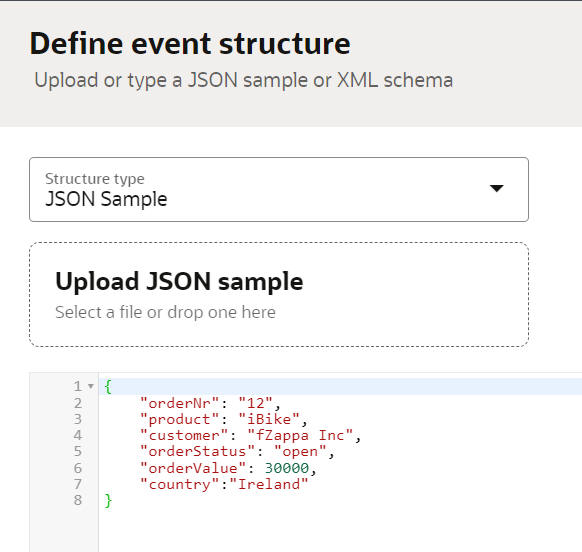
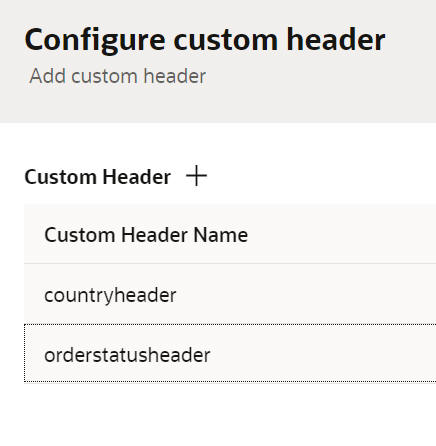
Here is the filter query –
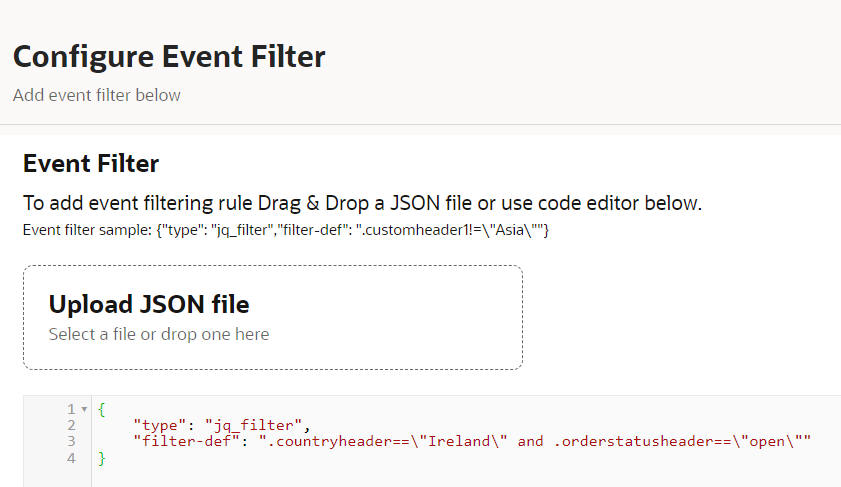
Now let’s run a couple of tests – firstly order 2112 from Ireland but with status set to “closed”, then order 2525 with status set to “open” –

OIC Design time Enhancements
Refresh endpoints in Design time canvas –

This is very useful, as previously, this could only be done at Connection level.
OIC Healthcare
The 24.08 release sees the release of the FHIR (Fast Healthcare Interoperability Resources) adapter. FHIR is REST based. See the Connectivity section for more details.
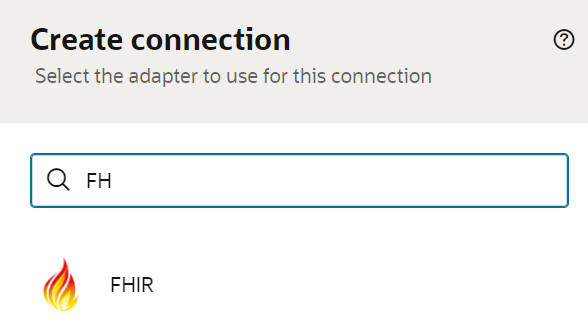
OIC Observability
New OCI Logging Analytics “Insight” Dashboard
Customers seek data driven intelligence and guidance to measure effectiveness and efficiency of the business process.The business process often involves multiple automation technologies like Integration, Process, B2B, decisions. It is essential to provide anlaytic insights for the entire business process which includes ensuring the health and performance of complex business flows built with sophisticated OIC integrations. This requires continuous collection, enrichment, and monitoring of key business metrics so that you can identify, troubleshoot, and resolve issues quickly. OCI Logging Analytics now provides an Oracle Integration Insight dashboard for OIC3 to simplify the management of your OIC integrations in the context of your business flows leveraging OIC Activity Stream Logs. This dashboard gives in-depth visibility into key business metrics defined in OIC Integrations, and a visual chronology of the actions that created these events. In this blog, we will discuss the details of different visualizations in the Integration Insight dashboard and how you can get started from scratch.

Check out the detailed blog post on the Insight Dashboard here.
B2B
Connectivity
New Adapters
- Amazon SNS Adapter
- ArcGIS Adapter
Enhancements
- Rapid Adapter Builder (RAB) Infrastructure Improvements – VSCode Extension improvements & Design time debugging
- Coupa Sourcing and Procurement Adapter Enhancements – Pagination, Query & Filter Parameters Support
- GCP Pub/Sub Adapter Enhancements – Dead Lettering, Null Validation, and Empty Array Validation on the Wizard Page
- AQ Adapter Enhancements – Support for Sample JSON, Avro Schema, and Standard Headers
- Salesforce REST Adapter Enhancements – Support for Bulk Data Operations (V2) and Download Attachment
- Azure Service Bus Adapter Enhancement – Support to Subscribe to Existing Topic Subscriptions
- Snowflake Adapter Enhancement – Support for Connectivity Agent
- Coupa Procurement and Coupa Sourcing Adapter certified with May 2024 Release (R39)
- Kafka Adapter now integrates with Azure Event Hub.
Please find detailed connectivity blog here
Conclusion
Summa Summarum, the 24.08 release brings a host of new features and capabilities to Oracle Integration, and, remember, most of these are customer-driven. Please visit app integration page on oracle.com for more general information on Oracle Integration.
